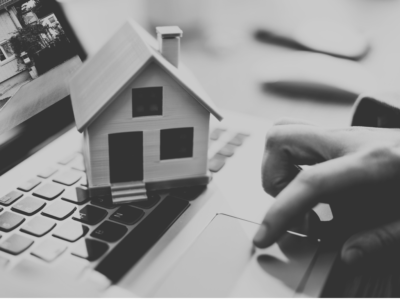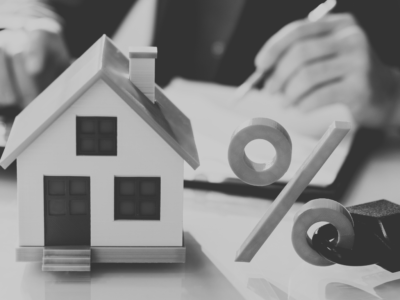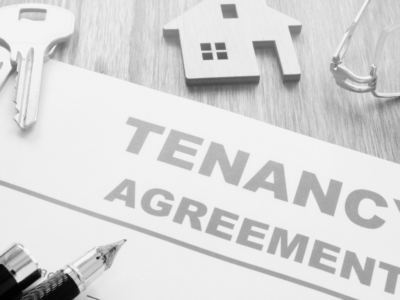The property industry has a huge role to play in reducing carbon emissions and maximising energy efficiencies as the world tackles climate change.
The Government has updated plans to achieve Net Zero by 2050 with the UK setting the world’s most ambitious climate change target.
In June 2021, the new target was published in law that would reduce Scope 1 emissions by 78 percent which means that the UK will be more than three quarters of the way to Net Zero by 2035.
As the delivery body for the Government’s office and warehouse portfolio strategies, we have committed to reaching the same target for Government buildings – the ones that we manage – by 2032, three years ahead of the Government’s target.
Scope 1 emissions are direct emissions such as those from vehicles and gas boilers, as well as what we use as individuals.
To reduce these emissions in buildings, the aim is to decarbonise and move away from fossil fuels and adopt sustainable forms of electricity.
Achieving the required 78 percent carbon reduction by 2032 will not be easy, and to achieve this we will need both concerted effort and work to deliver the quick wins.
Maximising sustainable, clean technologies
We currently manage more than 700,000 square metres of the Government’s office portfolio.
This offers us a huge opportunity to maximise the use of sustainable, clean technologies and low and zero carbon energy wherever possible.
For example:
- Through insulation and reduced consumption by optimising heating, ventilation and air conditioning (HVAC) and building management system (BMS) technology, use of micrometres, sensors and light-emitting diode (LED) lighting.
- Use green energy and move to decarbonised electric by switching to a renewable supplier.
- Generate and store renewable energy locally through integrated generation, storage and use.
Across the industry, we are seeing more businesses shift focus to a wider array of green initiatives such as sub-metering.
This is allowing greater understanding of energy usage so that the right measures can be identified.
These measures mostly include switching to suitable green tariffs, and landlords installing more EV charging units and revisiting their heating and cooling units.
We are also seeing smarter use of design elements on buildings to allow sustainable solutions to blend in better with the facade and fabric of older buildings.
Retrofitting can be done
It’s been proven that retrofitting can be done within heritage buildings to improve sustainability.
For example, we are in the process of planning to decarbonise our Whitehall District Heat System which will go a long way to reducing carbon emissions on our Central London heritage estate.
Workplace Design Guide, Net Zero
In August 2020, we published the Government Workplace Design Guide.
This includes the Net Zero and Sustainability Annex covering construction and operational energy.
The Guide was created with flexibility in mind, because we understand not all buildings are or should be the same.
It supports buildings to operate as sustainably as possible, whether it’s a new build, renovation or refurbishment.
I’m sure we can all agree that the property industry is facing some unique challenges to achieve Net Zero.
But we do have many ways in which we can overcome them.
At the GPA, we plan to lead by example and encourage every stakeholder in property to not just reach a standard, but to innovate and find ways to push higher and achieve better.






















Comments